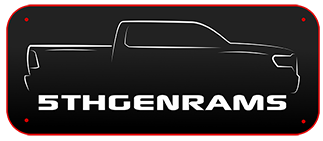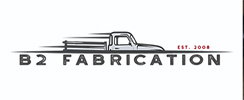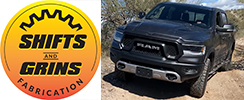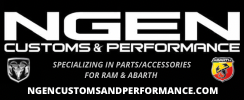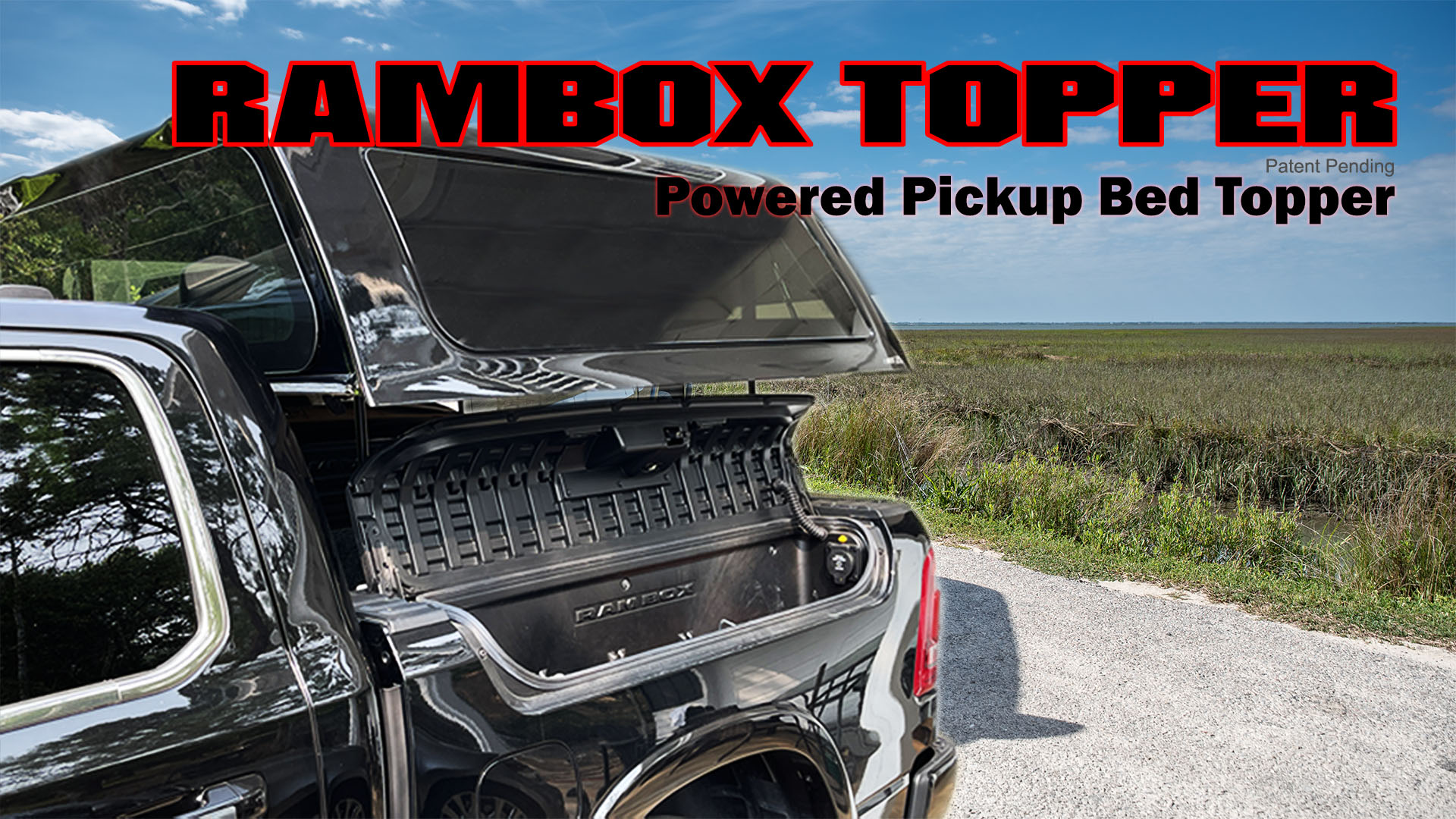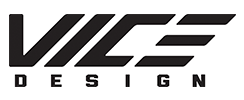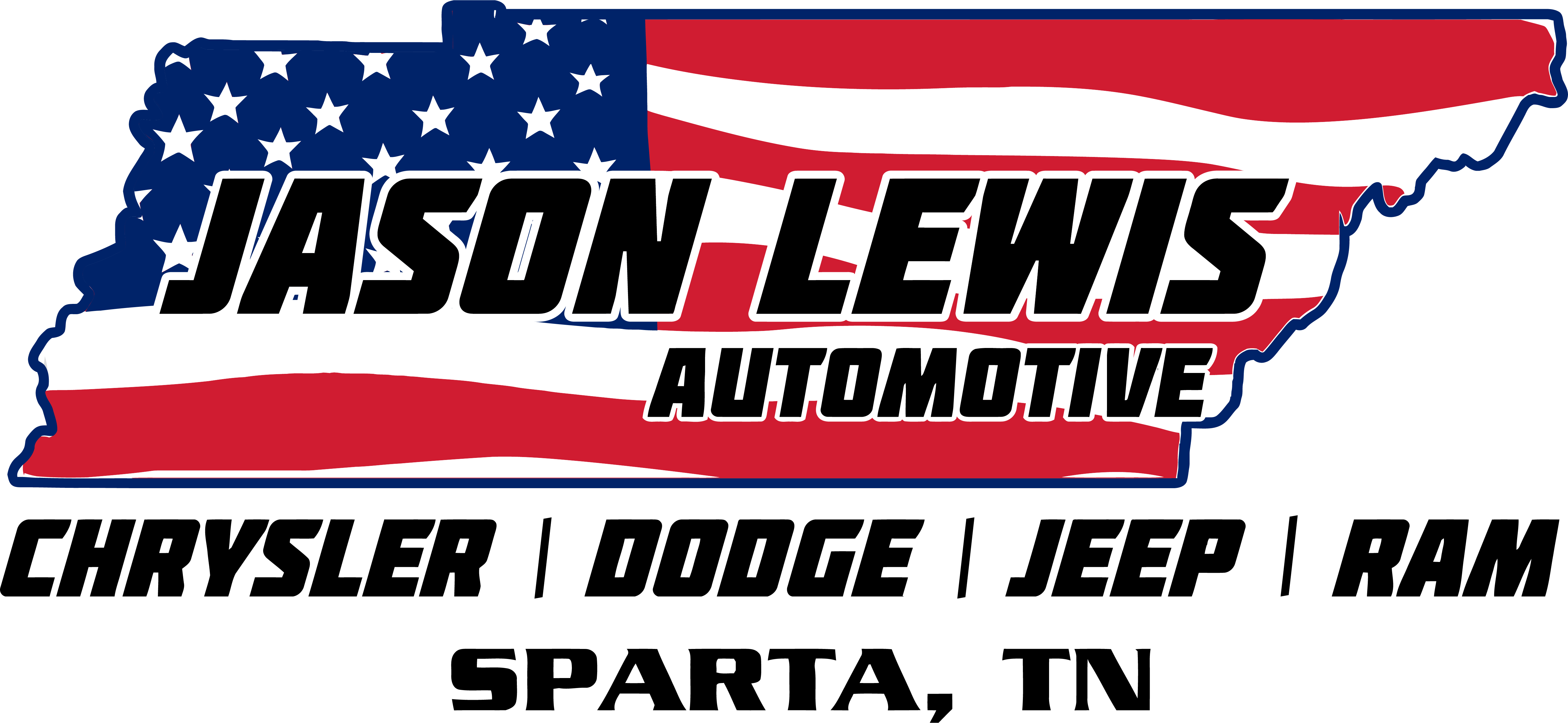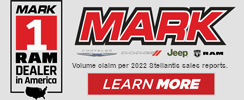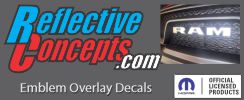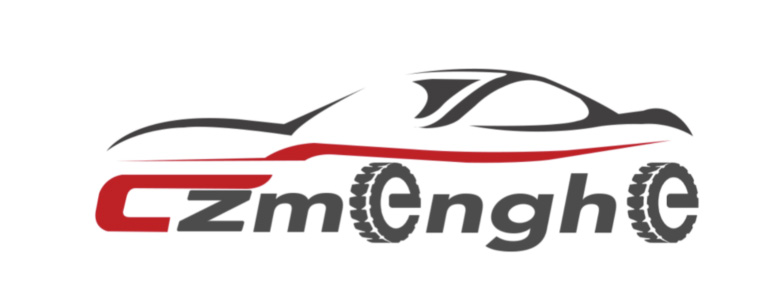Let me get this out of the way: I agree moving to a bigger truck is the right way to increase payload.
With that said, I'm still curious about the design philosophy and what sort of margin is built into payload ratings. The authoritative answer, of course, can only come from someone within the OEM development teams and unfortunately I don't know anyone like that. I do, however, work in an industrial engineering firm and have access to engineers of many disciplines, including mechanical. One mechanical engineer in particular I know is an automotive enthusiast. The type of guy with a dedicated workshop in his backyard with a lift and welding equipment and everything else a serious hobbyist uses to tinker with vehicles. Not just any engineer either; a Principal Engineer with decades of experience and someone not prone to speak out of his ****.
I posed the payload question to him and he responded immediately, as if he has also mulled this question at some point in the past and drawn his own conclusions. I know what I expected to hear and he gave it to me; a response that seems common sense and echo'd comments from many here throughout the forum discussions where this has popped up.
To paraphrase, yes margin exists. Payload rating is determined for worst case operation: extended travel on bumpy roads, high-load high-heat situations, vehicles at max lateral incline, etc. In other words, if using the truck on smooth roads, for example, and situations that don't stress other systems in the truck, exceeding the payload rating isn't necessarily a doomed prospect. The frame won't snap and the truck won't break in half... but vehicle dynamics could be compromised if you needed to perform an emergency maneuver. Braking was his biggest concern. Using his diesel Ford Excursion as an example, stopping power was clearly not designed to go beyond the ratings on that vehicle. I pinged him about metal fatigue and stress and he said the springs will typically be the fuse. That is, he'd expect the springs to snap before the frame bends or the tires pop or anything like that.
